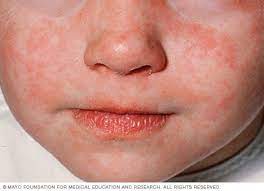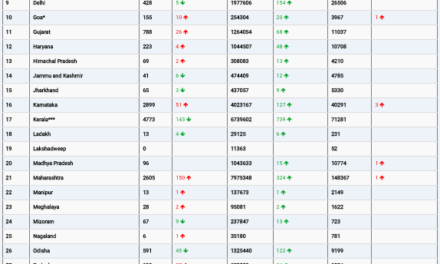February 23, 2025
A significant measles outbreak in rural West Texas has surged to 90 cases across seven counties, with 16 individuals hospitalized, according to a statement released by the Texas Department of State Health Services on Friday. Meanwhile, in neighboring eastern New Mexico, health officials have reported nine measles cases, though authorities say there is no confirmed link between the outbreaks in the two states.
Where Is Measles Spreading?
The majority of cases in Texas are concentrated in Gaines County, which has reported 57 infections, followed by Terry County with 20 cases. Other affected counties include Dawson (6), Yoakum (4), and single cases in Lubbock, Lynn, and Ector counties.
Health department data indicate that most cases involve children, with 26 infections in kids under four years old and 51 cases in those aged 5-17. Only ten cases have been confirmed in adults, while three remain under age determination. The Ector County Health Department confirmed that its single case involves a child too young for vaccination.
Texas health officials have described the outbreak as the state’s largest in nearly three decades. Reports suggest that cases are concentrated within a “close-knit, undervaccinated” Mennonite community, particularly among families who homeschool their children or send them to small private religious schools.
In New Mexico, all nine reported cases are in Lea County, which borders Gaines County in Texas. Officials have warned that exposure may have occurred at a grocery store, an elementary school, a church, Nor-Lea Hospital, and a Walgreens pharmacy in Hobbs.
What Is Measles?
Measles is a highly contagious respiratory virus that can linger in the air for up to two hours. According to the U.S. Centers for Disease Control and Prevention (CDC), up to 90% of unvaccinated individuals exposed to the virus will contract the disease.
Although most children recover, measles can lead to severe complications, including pneumonia, blindness, encephalitis (brain swelling), and even death.
Is the Measles Vaccine Safe?
Yes, the measles, mumps, and rubella (MMR) vaccine is both safe and highly effective in preventing measles infections and severe illness. The CDC recommends that children receive the first dose between 12 and 15 months of age, with a second dose between 4 and 6 years old. The MMR vaccine is a requirement for school entry in public schools across the United States.
Before the vaccine was introduced in 1963, measles cases in the U.S. numbered between 3 and 4 million annually. Thanks to widespread immunization efforts, annual cases have typically remained below 200 in recent years.
Despite persistent misinformation, extensive research has found no link between the MMR vaccine and autism, and health officials continue to emphasize the vaccine’s safety and effectiveness.
The Importance of Vaccination Rates
Communities with high vaccination rates—above 95%—benefit from herd immunity, making it difficult for diseases like measles to spread. However, childhood vaccination rates have declined nationwide since the COVID-19 pandemic.
Gaines County, one of the hardest-hit areas in Texas, has one of the highest rates of school-aged children opting out of vaccines, with nearly 14% of K-12 students claiming exemptions during the 2023-24 school year. Health officials believe the true number may be even higher, as homeschooled children are not included in these statistics.
Public Health Response
In response to the outbreak, health workers in Texas and New Mexico have launched extensive vaccination campaigns, hosting immunization clinics and conducting public education efforts in schools. Officials are urging parents to ensure their children receive the recommended doses of the MMR vaccine.
New Mexico health officials have scheduled multiple vaccination clinics in Hobbs next week to curb the spread.
Disclaimer: This article is for informational purposes only and does not constitute medical advice. Readers are encouraged to consult healthcare professionals for guidance on vaccinations and disease prevention.
© 2025 [Your News Organization]












